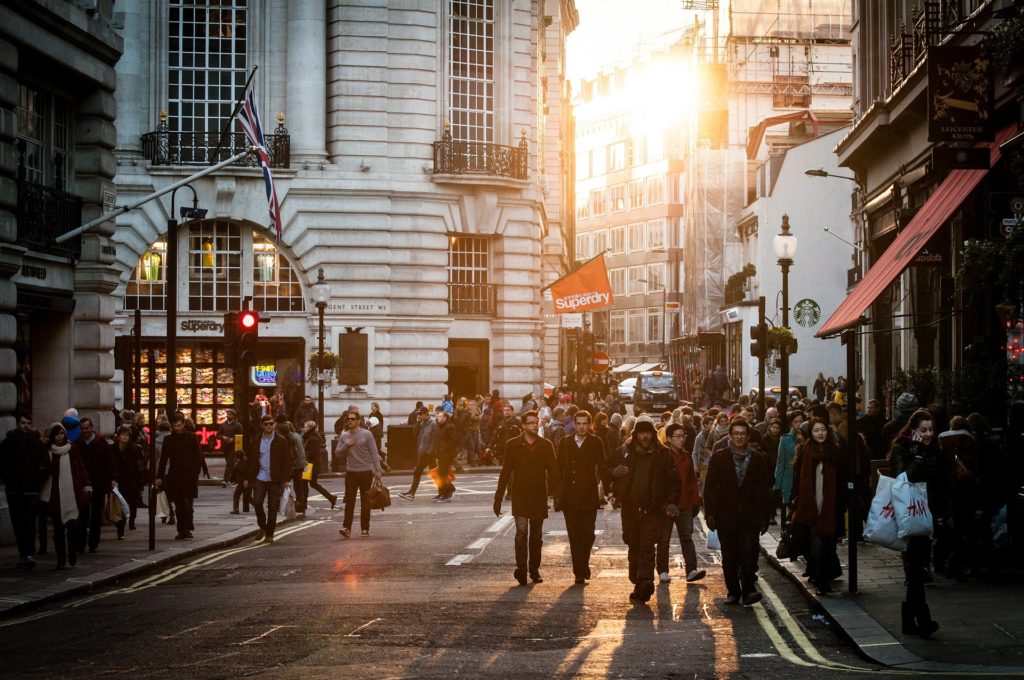Description: English tutor Sevda shares her thoughts on why BAME representation in creative industries are essential.
We are constantly reminded about the importance of upholding diversity in every context, whether it be diversity in in terms of social class, gender, sex or ethnicity.
As a woman from a diverse ethnic background myself, I feel passionate about discussing just how necessary it is to have individuals from BAME backgrounds in creative industries.
Inevitably, if we had more people of diverse backgrounds in key roles in organisations, more children from BAME backgrounds would feel inspired to reach their goals.
So, you may ask what BAME stands for? BAME stands for Black, Asian and other ethnic minority backgrounds. Throughout the years, we have seen endless counts of criticism aimed at the UK’s creative industries (film & television etc.) for their lack of BAME representation in their workforces.
Currently, the lack of diversity is alarming, just under 11% of creative jobs are held by people of BAME backgrounds (Creative Industries Federation, 2015). Furthermore, if we take the nation’s leading public broadcaster, the BBC, only 12.2% of current employees originate from ethnic minority backgrounds, a figure which falls below the body’s initial target of 14.4% by the year 2019.
The under-representation of those originating from diverse backgrounds in high positions in the media and elsewhere is evidently an ongoing issue, not reflective of the highly multicultural Britain in which we live in today.
Arguably, having a diverse workforce is pivotal to any organisation, simply because the promotion of inclusivity and equality in any workplace creates a better working environment which translates to higher productivity, increased motivation and is proven to boost employee performance.
When you have employees from a broad spectrum with varied backgrounds you get skills and experiences which originate from different world views.
Moreover, this ensures that any organisation in any industry will thrive as individuals from various backgrounds introduce new innovative working styles and ideas allowing organisations to be progressive, enabling creativity to flourish.
For example, when creating daily news bulletins for the six o’clock news, having a diverse set of journalists in the workforce increases the likelihood of the creation of news content which appeals to a broader audience and in turn, increases the viewer numbers news consumers.
As mentioned previously, in any creative industry diversity is important. Being a journalist myself I know just how important it is and the impact it has on content which is inevitably published into the public domain.
As the media we have a huge responsibility to publish content which is accurate, impartial and truthful, arguably we have one of the biggest responsibilities – too inform the public on key events.
At this point in time, we are confronted with the problem of people writing/broadcasting stories about people who they do not or cannot relate to, and hence cannot write about with nuance.
Having a homogenous workforce of any kind increases the likelihood of small but damaging mistakes escaping into the public domain – a blow to the credibility of any organisation.
At the end of the day, having individuals of diverse backgrounds in key roles in companies helps BAME children understand just how much they can achieve if they work hard and believe in themselves.




